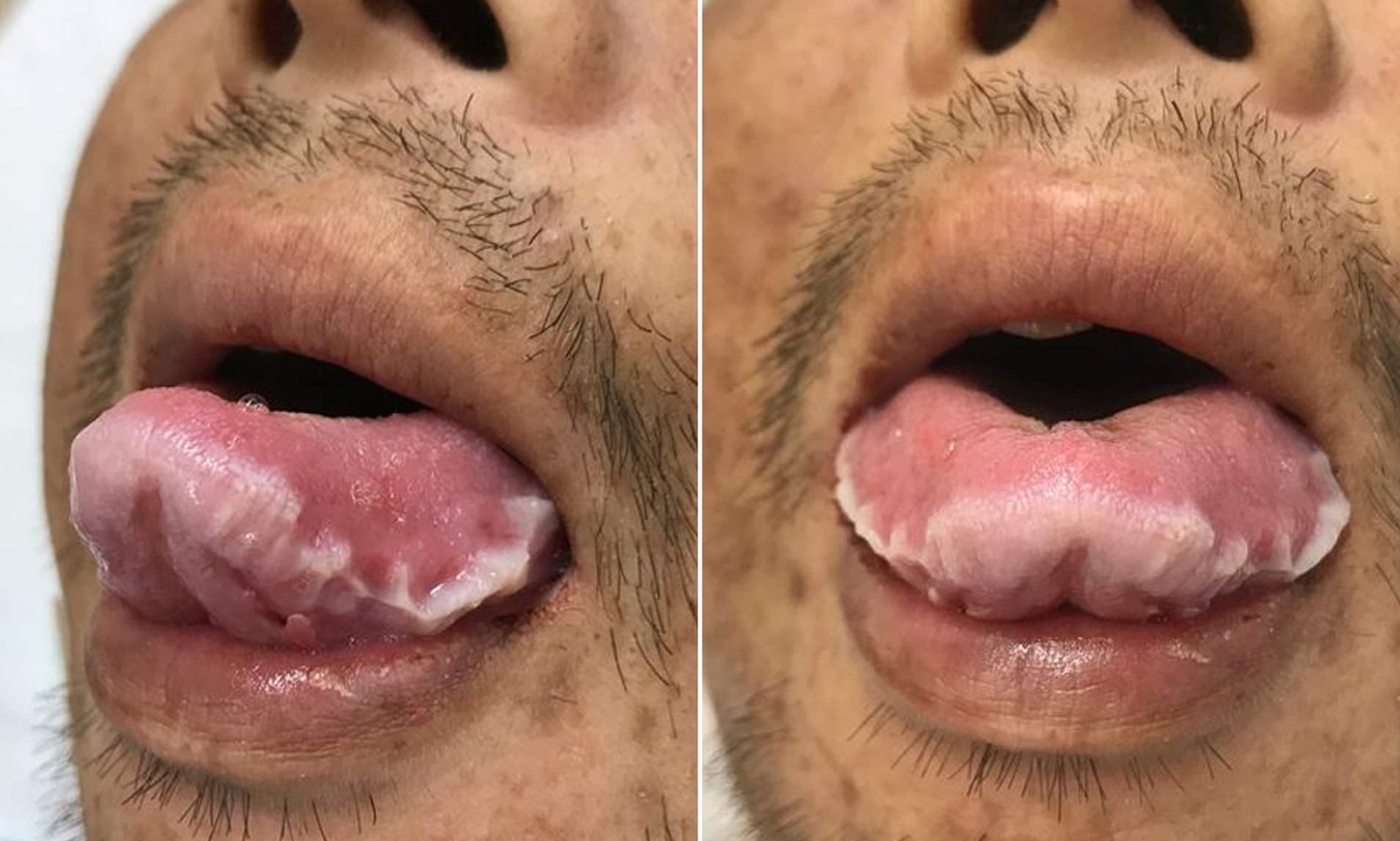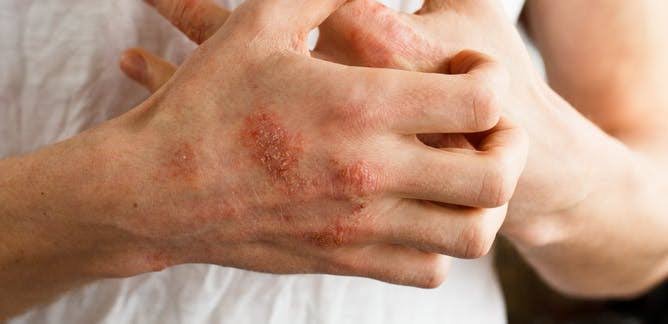COELIAC DISEASE
INTRODUCTION
It is a T cell mediated autoimmune disorder of the small bowel in which protamine causes villous atrophy and malabsorption.
It is basically sensitivity to gluten containing foods. Gluten is a protein.
PATHOGENESIS

In coeliac disease, the immune response to gluten creates toxins that destroy the villi. Villi are tiny finger-like protrusions inside the small intestines. When the villi become damaged, the body is unable to absorb nutrients from food. This can lead to malnutrition and other serious health complications, including permanent intestinal damage and iron deficiency anaemia.
SIGNS AND SYMPTOMS

- Intermittent diarrhea
- Steatorrhea (Pale, fatty stools, foul smelling, difficult to flush)
- Abdominal Pain
- Fatigue
- Failure to thrive in children
- Weight loss
- Weakness
- Iron deficiency anemia
- Dermatitis herpetiformis (DH) is another common symptom of celiac disease. DH is an intensely itchy skin rash made up of bumps and blisters. It may develop on the elbows, buttocks, and knees. DH affects approximately 15 to 25 percent of people with celiac disease. Those who do experience DH usually don’t have digestive symptoms.
RISK FACTORS
People who have other autoimmune diseases and certain genetic disorders are also more likely to have coeliac disease. Some conditions associated with celiac disease include:
- Lupus
- Rheumatoid arthritis
- Type 1 diabetes
- Thyroid disease
- Autoimmune liver disease
- Addison’s disease
- Sjogren’s syndrome
- Down syndrome
- Turner syndrome
- Lactose intolerance
DIAGNOSIS

- Complete Blood count (CBC)
- Liver function tests
- Cholesterol test
- Alkaline phosphatase level test
- Serum albumin test
- Anti endomysial antibodies
- Anti transglutaminase: Most commonly done
If tissue transglutaminase antibody is positive then biopsy is taken from small intestine which shows villous hypertrophy and crypt hyperplasia. Gold standard diagnosis is biopsy.
For biopsy to be accurate, patient should re introduce gluten for 6 weeks before biopsy.
DIFFERENTIAL DIAGNOSIS
- Prolonged post-enteritis syndrome
- Autoimmune enteropathy
- Common variable immunodeficiency
- Food allergy
- Crohn disease
- Tropical sprue
TREATMENT
- Life long gluten free diet
- Treat anaemia
COMPLICATIONS
- Iron deficiency anemia (Most common)
- Folate deficiency anemia (2ND most common)
- Vit B12 deficiency anemia (3RD most common)
- Osteoporesis
- Intestinal Lymphoma (Rare)
REMEMBER: If a known case of coeliac disease develops sudden diarrhea and weight loss suspect intestinal lymphoma.
REFERENCE: ALGAPPAN, DAVIDSON, MEDSCAPE





